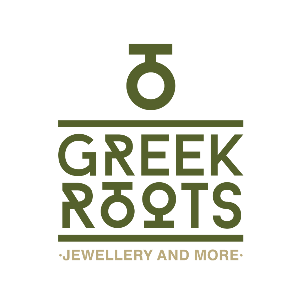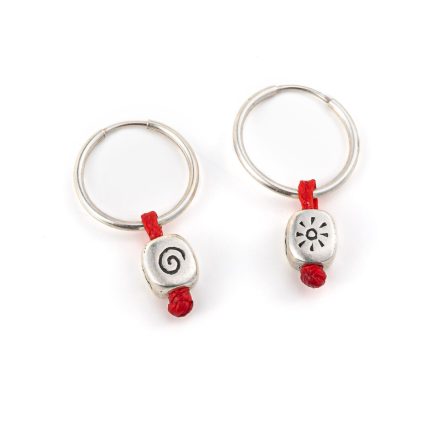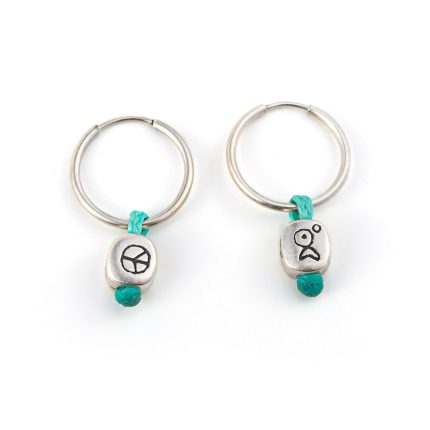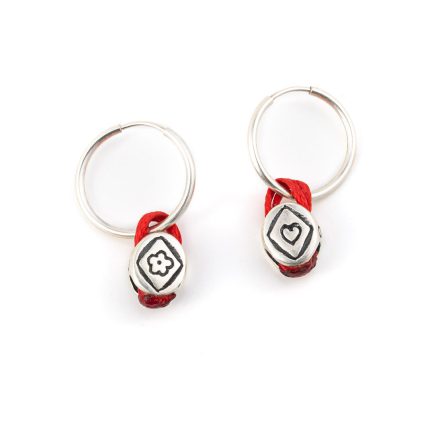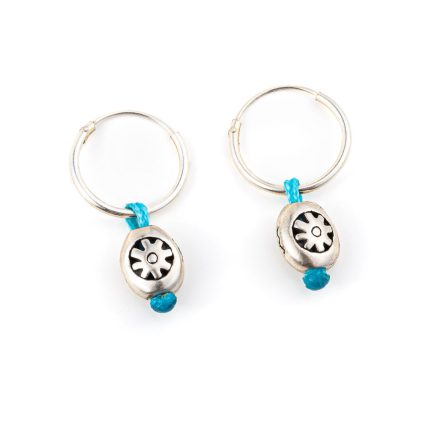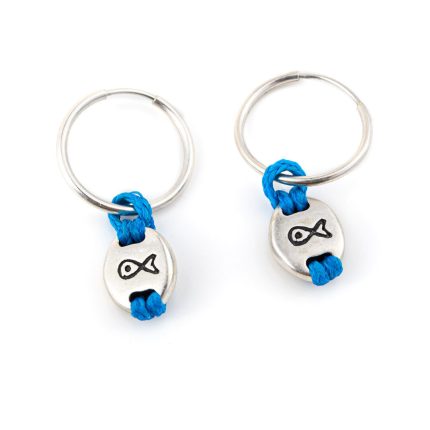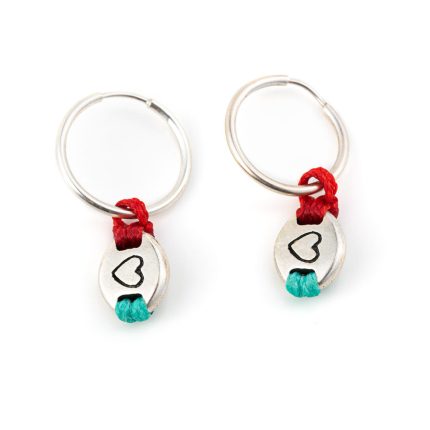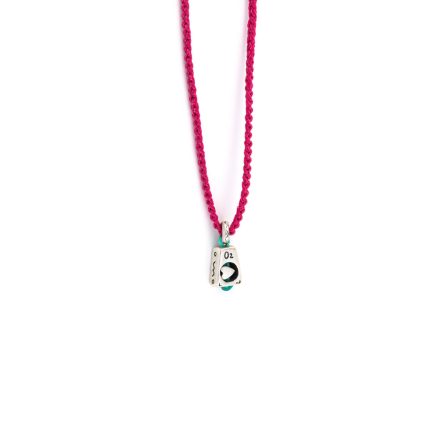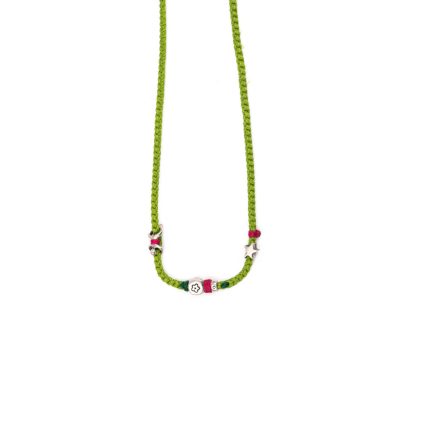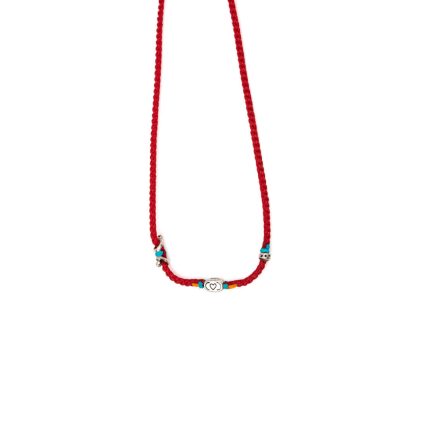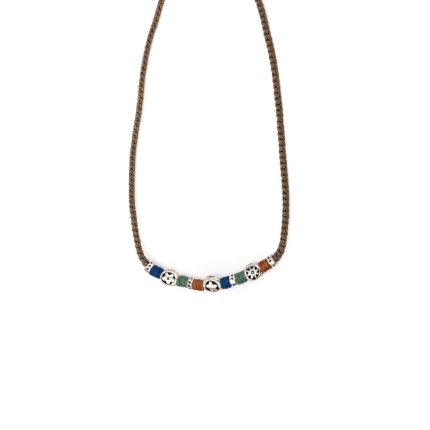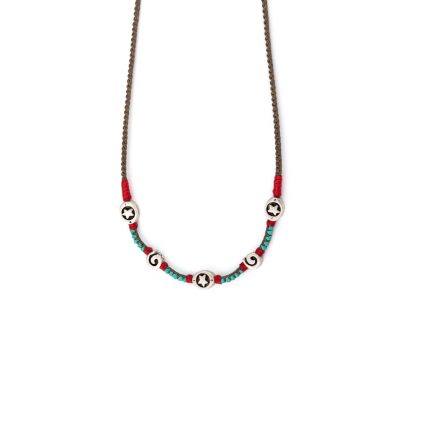Home / Κατάστημα
Βλέπετε 481–496 από 3776 αποτελέσματαSorted by average rating
Ταξινόμηση κατά
Υλικό
- 14k χρυσό και ασήμι 925 (104)
- 18k χρυσό και ασήμι 925 (51)
- 935 silver (864)
- ασήμι 925 (2178)
- ασήμι και επίχρυσο (5)
- ατσάλι (2)
- δέρμα (43)
- επίχρυσο (1069)
- μπρούντζος (68)
- ξύλο (24)
- ορείχαλκος (1)
- ροζ χρυσό επιχρύσωμα (11)
- σμάλτο (172)
- χρυσό (546)
Σχέδιο
- Αμφορέας (7)
- Αυγό (51)
- Γάιδαρος (1)
- Ελληνικοί Ναοί (9)
- Ήλιος της Βεργίνας (27)
- Κόμπος του Ηρακλή (3)
- Κουκουβάγια (31)
- Κριάρι (8)
- Κωνσταντινάτο (22)
- Λιοντάρι (6)
- Μέδουσα (10)
- Μινωικά (25)
- Μπουζούκι (8)
- Πήγασος (5)
- Σπαρτιάτικα (25)
- Τσαρούχι (4)
- Φίδι (17)
Νόμισμα
- Αλέξανδρος ο Μέγας (65)
- Ηρακλής - Τετράδραχμο (23)
- Θεά Αθηνά (138)
- Θεός Ήλιος (8)
- Θησέας και Μινώταυρος (1)
- Μέδουσα (2)
- Παρθενώνας (1)
- Πήγασος (12)
Λίθος
- agate (1)
- amazonite (64)
- amethyst (21)
- apatite (41)
- aqua chalcedony (6)
- aqua marine (4)
- aquamarine (28)
- aventurine (2)
- black onyx (1)
- black zirconia (3)
- bloodstone (2)
- blue topaz (47)
- carnelian (1)
- chalcedony (10)
- champagne zirconia (2)
- chrysocolla (1)
- chrysoprase (2)
- citrin (2)
- coral (5)
- cornelius (1)
- crystals (46)
- diamond (1)
- diopside (1)
- eagle eye (1)
- emerald (16)
- fildisi (43)
- garnet (20)
- geen onyx (1)
- glass engaving (3)
- golden yellow crystal (16)
- golden yellow zirconia (2)
- green copper (18)
- green onyx (3)
- green peridot zirconia (2)
- green turquoise (2)
- hematite (1)
- jasper (1)
- labradorite (24)
- lapis lazuli (83)
- larimar (3)
- lava (8)
- lemon quartz (2)
- light champagne zirconia (2)
- london blue topaz (13)
- london blue zirconia (1)
- london topaz (1)
- malachite (17)
- moonstone (11)
- mother of pearl (51)
- multi stone (11)
- olive green crystal (16)
- onyx (27)
- opal (154)
- pariba (15)
- pearl (92)
- peridot (27)
- peridot green crystal (16)
- pure white crystal (16)
- pure white zirconia (1)
- purple copper (1)
- purple quartz (2)
- quartz (5)
- quartz crystal (1)
- rhodochrosite (1)
- rhodolite (6)
- rhodolite violet crystal (16)
- rhodolite zirconia (2)
- rodolite (2)
- rose quartz (4)
- rose red zirconia (2)
- rubellite (1)
- rubinite (6)
- ruby (52)
- rubyzoesite (1)
- sapphire (17)
- sapphire blue corundum (2)
- sodalite (10)
- spinel blue crystal (16)
- swarovski (12)
- tanzanite (4)
- tiger eye (23)
- topaz (3)
- tourmaline (41)
- tsavorite (1)
- turquoise (51)
- turquoise copper (20)
- white zirconia (28)
- zircon (287)
Σύμβολο
- greek key (4)
- humans (1)
- αγάπη (142)
- αιγόκερως (1)
- αισιοδοξία (204)
- αλληλεγγύη (12)
- αναγέννηση (20)
- αναρριχητής (33)
- άπειρο (14)
- ασφάλεια (3)
- δίδυμος (1)
- ειρήνη (109)
- ελπίδα (93)
- εμπιστοσύνη (126)
- επαναπροσδιορισμός (4)
- επικοινωνία (67)
- ζυγός (1)
- ζώδια (17)
- ιχθείς (1)
- καρκίνος (1)
- κοινή προσπάθεια (22)
- κριός (1)
- λέων (1)
- οξυγόνο (9)
- παρθένος (1)
- πίστη (122)
- προσαρμοστικότητα (67)
- σκορπιός (1)
- συναίσθημα (105)
- ταύρος (1)
- τοξότης (1)
- Υδροχόος (1)
- φαντασία (59)
- φιλοδοξία (72)
- ψυχή (241)
Χρώμα
- Black & Green (1)
- Blue & Grey (1)
- Άκουα Μαρίνα (44)
- Απαλό Πράσινο (8)
- Ασημί (4)
- Άσπρο (23)
- Βεραμάν (5)
- Γαλάζιο & Μπλε (1)
- Γκρι (61)
- Γκρί και Μάυρο (1)
- Ηλεκτρίκ (15)
- Καφέ (110)
- Κίτρινο (39)
- Κόκκινο (145)
- Κόκκινο & Μπλε (2)
- Κοραλί (13)
- Λαδί (2)
- Λιλά (4)
- Μαύρο (197)
- Μαύρο & Κόκκινο (3)
- Μολυβί (136)
- Μπλε (57)
- Μπλε Ρουά (38)
- Μπλε Τζιν (120)
- Μπορντώ (9)
- Μωβ (9)
- Νέο Μπλε (10)
- Νέο Χακί (47)
- Πάγου (39)
- Πετρόλ (24)
- πολύχρωμο (2)
- Πορτοκαλί (1)
- Πουρό (11)
- Πράσινο (30)
- Ράστυ (46)
- Ροζ (3)
- Σιέλ (12)
- Σκούρο Πράσινο (12)
- Σοκολατί (4)
- Ταμπά (9)
- Τερακότα (4)
- Τυρκουάζ (75)
- Φούξια (11)
- Χακί (17)
- Χρυσό (6)
